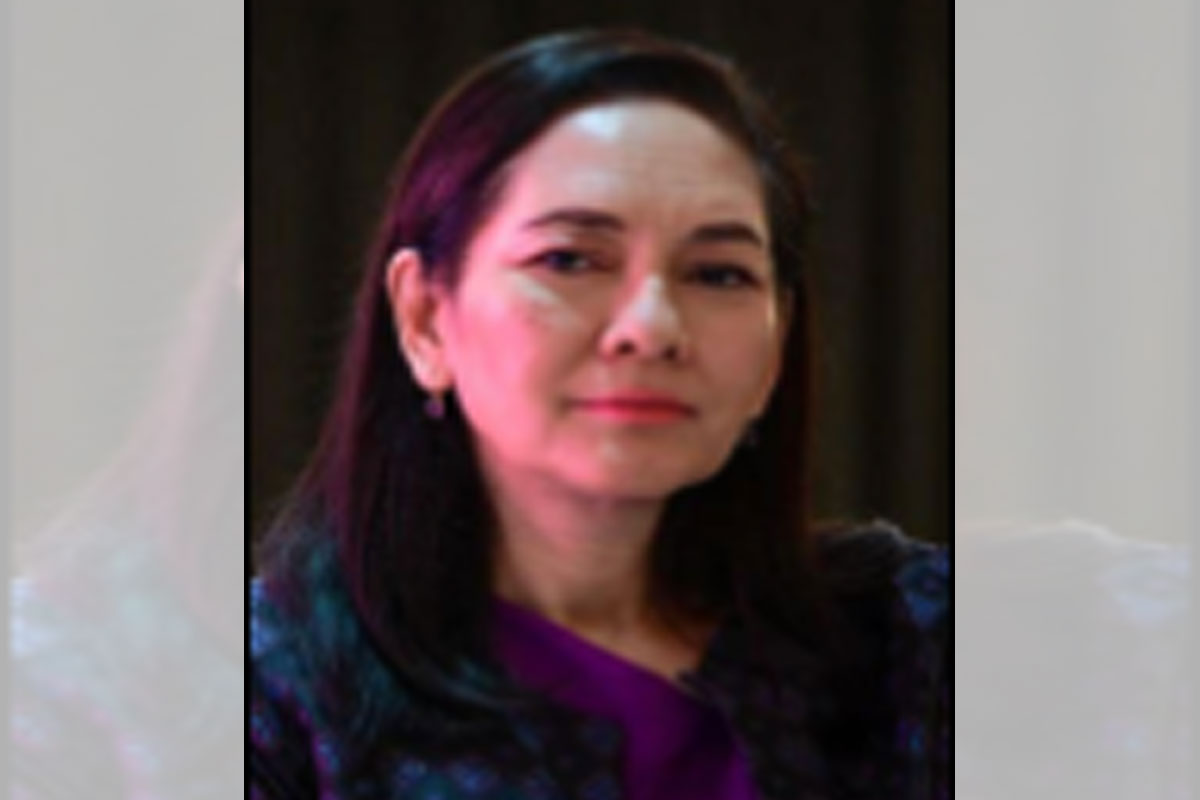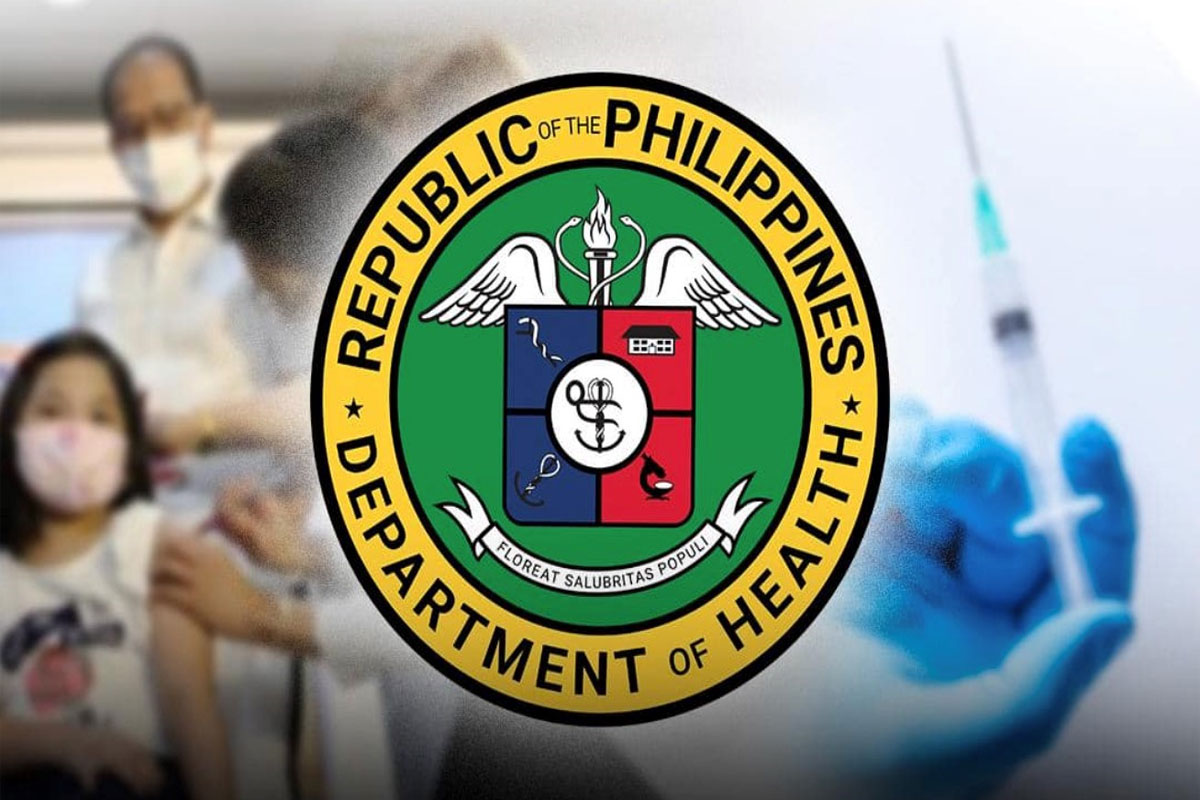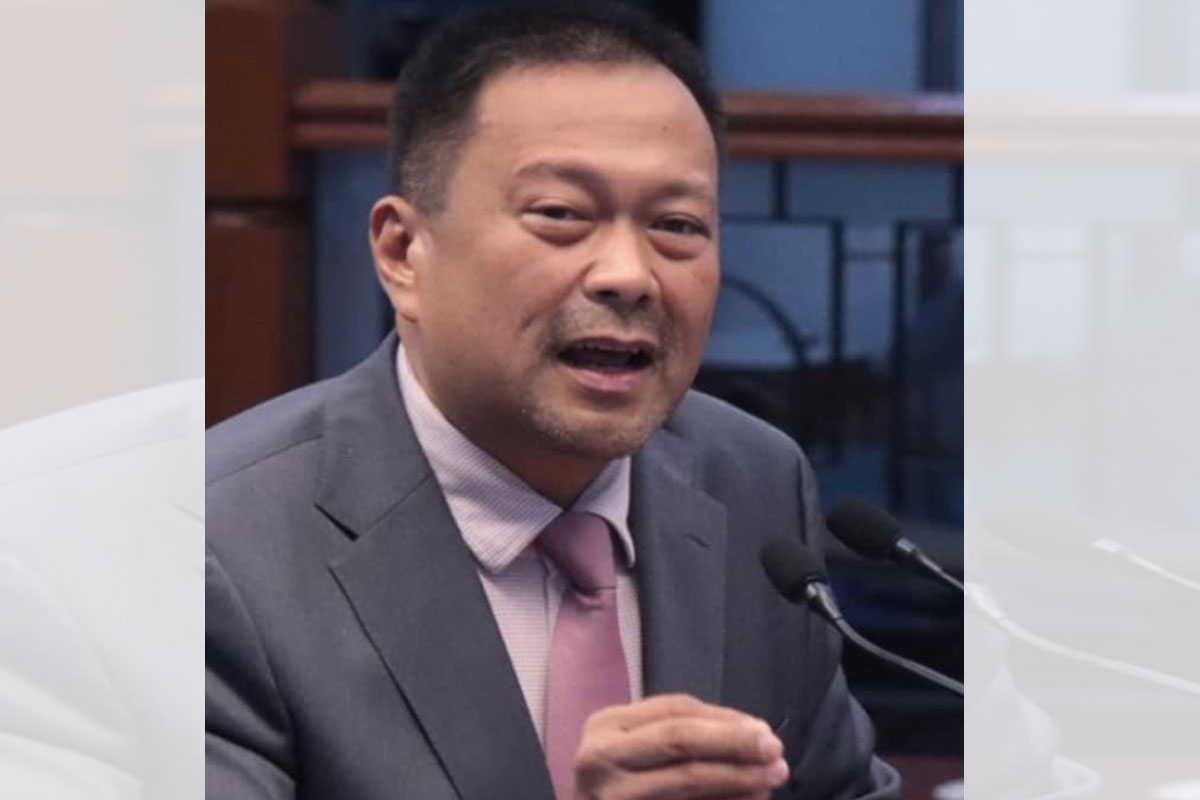
Pinoy tests positive for monkeypox
In Singapore:
DOH: Don’t discriminate vs those infected
THE Department of Foreign Affairs (DFA) confirmed that a Filipino national tested positive for monkeypox in Singapore.
“There is one reported case of a Filipino male in Singapore who has been infected with monkeypox. (The Philippine Embassy in) Singapore is monitoring the case,” Ma. Teresita Daza, DFA spokesperson, said Saturday night.
Singapore’s Ministry of Health (MOH) said the case is a 31-year-old male who had tested positive for monkeypox on July 25.
He developed a fever on July 21 and subsequently had rashes on his face and in his perianal region with further spread to other parts of his body.
The MOH said he sought medical care at Singapore General Hospital on July 24 and was admitted on the same day.
In a bulletin dated July 25, the MOH said the patient’s condition is stable. He is likewise not linked to any of the monkeypox cases earlier announced in Singapore.
Department of Health Undersecretary Beverly Ho bared during the “Laging Handa” public briefing in Malacañang on Friday the first case of monkeypox in the country — a 31-year-old Filipino who returned from an overseas trip on July 19 and who tested positive in a reverse transcription–polymerase chain reaction test July 28.
The World Health Organization (WHO) said monkeypox is caused by monkeypox virus, a member of the Orthopoxvirus genus in the family Poxviridae. It is usually a self-limited disease with the symptoms lasting from two to four weeks.
“It is transmitted to humans through close contact with an infected person or animal, or with material contaminated with the virus. It can be transmitted from one person to another by close contact with lesions, body fluids, respiratory droplets, and contaminated materials, such as bedding,” the WHO said.
DOH: Don’t discriminate vs those infected
Meanwhile, an official of the Department of Health urged the public to avoid discriminating against patients infected with monkeypox.
DOH Director Dr. Eric Tayag said it was wrong to discriminate against patients infected with monkeypox, even as he pointed out that the call of the World Health Organization Director General is for those at risk to avoid having multiple partners, especially if they came from countries where cases have been reported.
“Umiiwas tayo talaga makaroon ng stigmatization at discrimination sa kanila sapagkat mali po ‘yan. Ang panawagan ng WHO Director General sa kanila ay bawasan na ang kanilang multiple partners lalo na kung galing sa mga bansa kung saan nai-report na po ‘yan,” he said.
The WHO had explained that anyone, regardless of age or sex, can get infected with monkeypox as the illness was transmitted through skin-to-skin contact, respiratory droplets, and contact with anything contaminated with the monkeypox virus.
However, the WHO admitted that many of the cases that have been reported in this outbreak have been identified among men who have sex with men. Given that the virus is currently moving from person to person in these social networks, men who have sex with men may currently be at higher risk of being exposed if they have close contact with someone who is infectious.
But the WHO also conceded that one reason there were more reports of monkeypox cases in communities of men who have sex with men may be because of positive health-seeking behavior in this population.
The DOH announced on Friday that the country recorded its first case of monkeypox.
According to Tayag, the patient was 31 years old and had a history of travel abroad.
The patient arrived in the Philippines on July 19 and tested positive for monkeypox on July 28.
The 10 close contacts of the patient have no symptoms.
Meanwhile, Tayag said the illness could not be caught at ports of entry to the country as monkeypox can manifest three weeks after infection.
“Pinakamaganda sa’tin ay ‘yung surveillance. Ibig sabihin, ‘yung mga kababayan natin, hindi dapat tinatago ‘yan. Kailangan n’yo i-report… Kung ‘di n’yo ire-report ‘yan, kakalat ‘yan. Hindi natin alam. Tsaka ‘yung pagre-report, ‘yun ang basehan kasi kung panahon na para magkaroon tayo ng bakuna o hindi,” he said.
The first symptoms of monkeypox are fever, headaches, muscle pain, and back pain during the course of five days.
Rashes subsequently appear on the face, the palms of hands, and the soles of the feet, followed by lesions, spots, and finally scabs.
Meanwhile, the WHO assured that it will support the DOH as the Philippines detected its first case of monkeypox.
WHO Philippines Officer-in-Charge Dr. Graham Harrison said the organization will continue to work with the DOH to provide support in the implementation of national policies and plans.
“As we do with all disease outbreaks, WHO has been and will continue to work closely with the DOH to provide technical advice to support the development and implementation of national policies, strategies, and plans,” Harrison said in a statement released on Friday.
“The DOH has been proactive towards preparedness, prevention, and response to monkeypox, and we will continue our support as the situation evolves,” he added.
Earlier, the WHO declared the monkeypox outbreak, which has affected nearly 16,000 people in 72 countries, to be a global health emergency — the highest alarm it can sound.
Monkeypox has affected over 15,800 people in 72 countries, according to a tally by the US Centers for Disease Control and Prevention published on July 20.
Since early May, a surge in monkeypox infections has been reported outside the West and Central African countries where the disease has long been endemic.
“If you think you might have monkeypox, we encourage you to seek medical advice. We at WHO want to highlight that monkeypox can affect anyone, but everyone can help reduce its transmission,” Harrison said.
The DOH said discussions with the United States government to secure vaccines for monkeypox were still ongoing.
It added that only a select group of the population would have to be vaccinated. By LEE ANN P. DUCUSIN & PNA



















